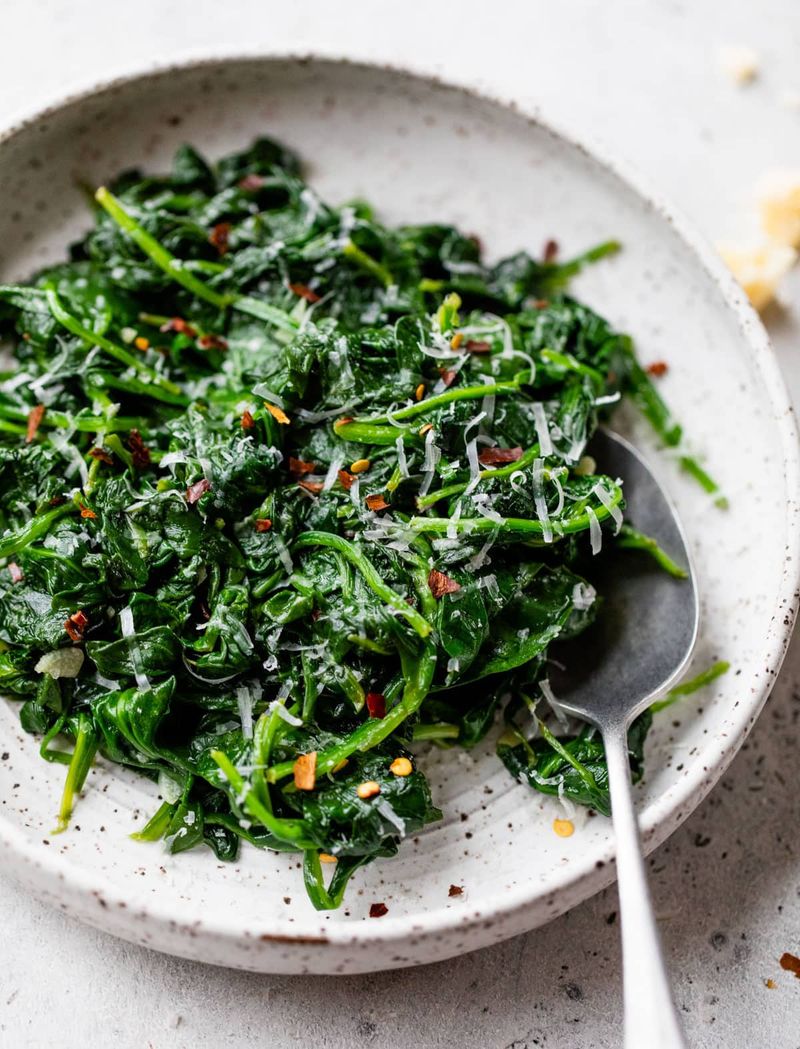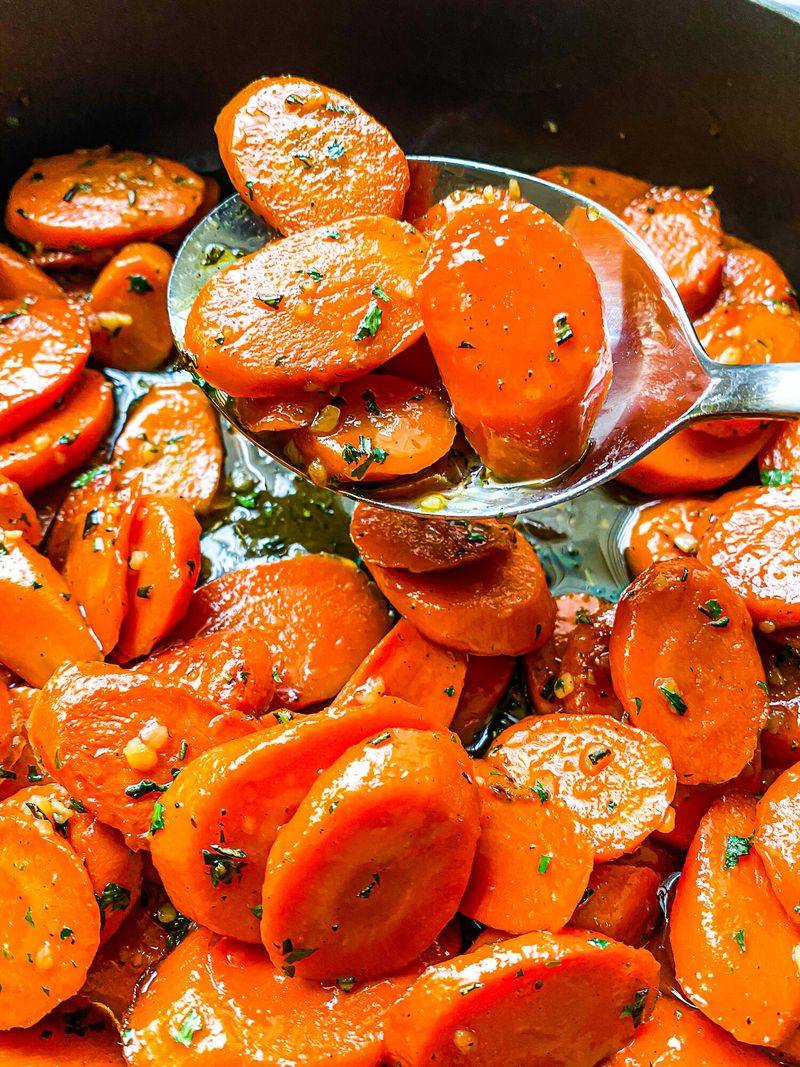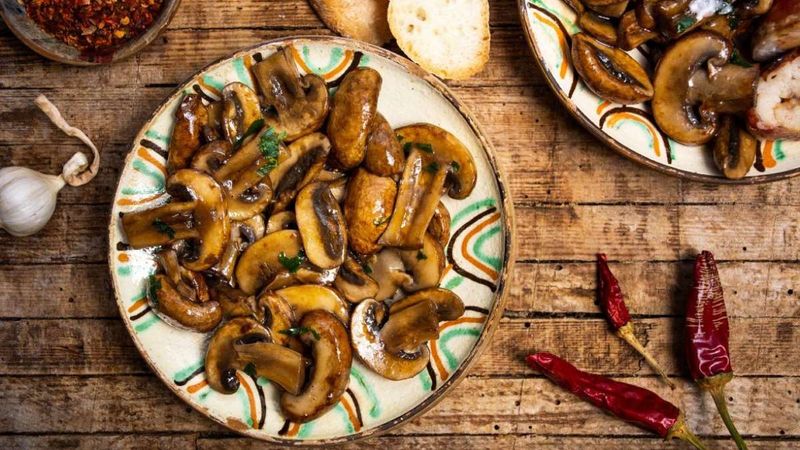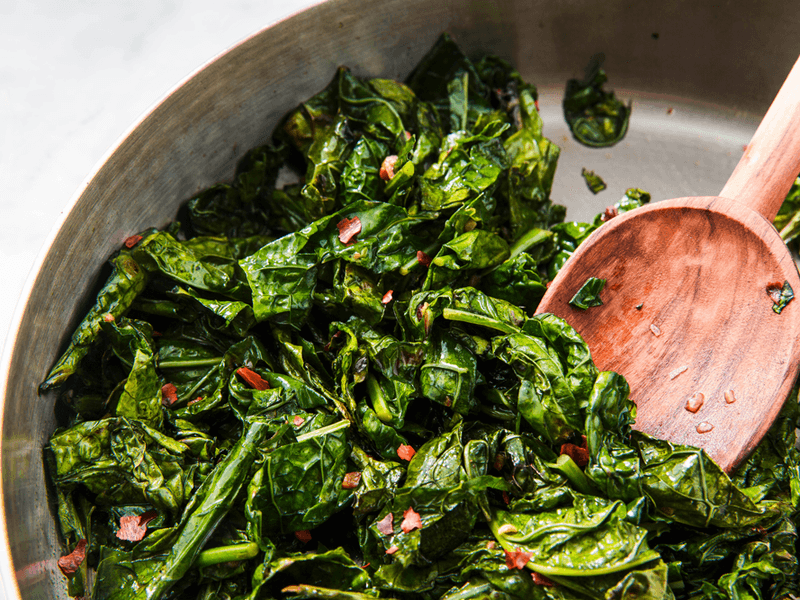Cooking vegetables can sometimes make them more nutritious and delicious. While some nutrients are indeed lost during cooking, others become more bioavailable, meaning our bodies can absorb them more effectively. When eaten raw, certain vegetables may not offer the full spectrum of their nutritional benefits. Cooking can break down cell walls, releasing vitamins and antioxidants that promote better health. Additionally, the flavors and textures of cooked vegetables often enhance the eating experience, making them more enjoyable. This article will explore seven vegetables that become healthier through cooking, revealing surprising facts and benefits you might not expect.
1. Spinach

Spinach, packed with iron and calcium, truly shines when cooked. The heat helps reduce oxalic acid, which inhibits mineral absorption when raw. This process enhances the availability of nutrients, making cooked spinach a powerhouse of vitamins. Imagine the transformation as the bright green leaves wilt to a darker, richer hue. Interestingly, a study found cooked spinach offers 3 times more potassium compared to its raw form. Next time, sauté those leafy greens for a boost in nutrition and flavor. Did you know? Spinach was once called the “Persian vegetable” in ancient times.
2. Tomatoes

Tomatoes, already known for their lycopene, become even more potent when cooked. Heat breaks down the plant’s cell walls, increasing the bioavailability of this powerful antioxidant. A favorite in sauces, soups, and stews, cooked tomatoes offer a deeper, sweeter taste compared to their raw counterpart. Research shows that lycopene, linked to reduced risk of heart disease, is more accessible in cooked form. Remember, whether roasted or stewed, these vibrant fruits pack a healthy punch when heated. Fun fact: Tomatoes were once believed to be poisonous in Europe!
3. Carrots

Carrots, the crunchy orange delights, are surprisingly healthier when cooked. Cooking enhances the levels of beta-carotene, a precursor of vitamin A, critical for vision and immunity. The process of cooking breaks down the tough cellular structure, releasing more of this vital nutrient. Picture this: a simple roast can turn carrots into a sweet, tender treat that’s not only tasty but nourishing. Did you know? Originally, carrots were purple or red, with the orange variety developed in the Netherlands for the royal family.
4. Asparagus

Asparagus, with its unique flavor, becomes a nutritional star when cooked. The heat softens its fibrous stalks, making vitamins A, C, and E more accessible. Cooking also boosts the antioxidant activity, promoting better cellular health. Envision those slender spears transforming into a vibrant, tender dish that pairs beautifully with a squeeze of lemon. Fun fact: Asparagus was prized by ancient Egyptians for its medicinal properties and depicted in their art!
5. Mushrooms

Mushrooms, often seen as a culinary delight, are healthier when cooked. Cooking helps break down the tough cell walls, enhancing the absorption of nutrients like vitamin D and antioxidants. Picture mushrooms’ earthy aroma filling your kitchen as they transform into a tender, savory dish. Studies suggest that cooking mushrooms can increase their antioxidant activity, contributing to better health. Did you know? Mushrooms are among the rare foods that naturally contain vitamin D, especially when exposed to sunlight before cooking.
6. Red Peppers

Red peppers, known for their vibrant color and crisp texture, offer more when roasted. Heat intensifies their sweetness while upping the levels of vitamins like A and C. This process also enhances their antioxidant properties, promoting a healthy immune system. Imagine those glossy, fire-roasted pieces adding a burst of flavor to your dish. Interestingly, roasted red peppers were a staple in ancient Aztec cuisine, revered for their flavor and health benefits.
7. Kale

Kale, the green leafy superstar, reveals more of its benefits when cooked. The heat reduces its tough fibrous texture, making minerals like calcium more absorbable. Visualize kale’s transformation from a hearty raw leaf to a tender, nutrient-rich vegetable. Studies indicate that steaming kale helps retain its vitamin K and antioxidants, crucial for bone health and cellular protection. Fun fact: Kale was a staple in the diet of Scottish peasants during the Middle Ages, known for its resilience in harsh climates.

Well, hello there!
My name is Jennifer. Besides being an orthodontist, I am a mother to 3 playful boys. In this motherhood journey, I can say I will never know everything. That’s why I always strive to read a lot, and that’s why I started writing about all the smithereens I came across so that you can have everything in one place! Enjoy and stay positive; you’ve got this!

